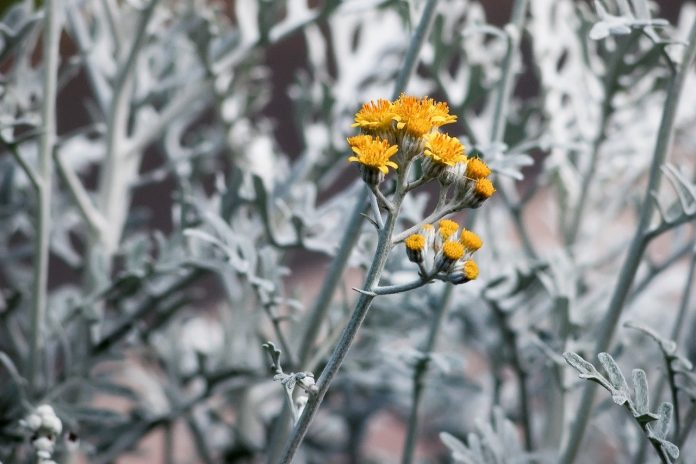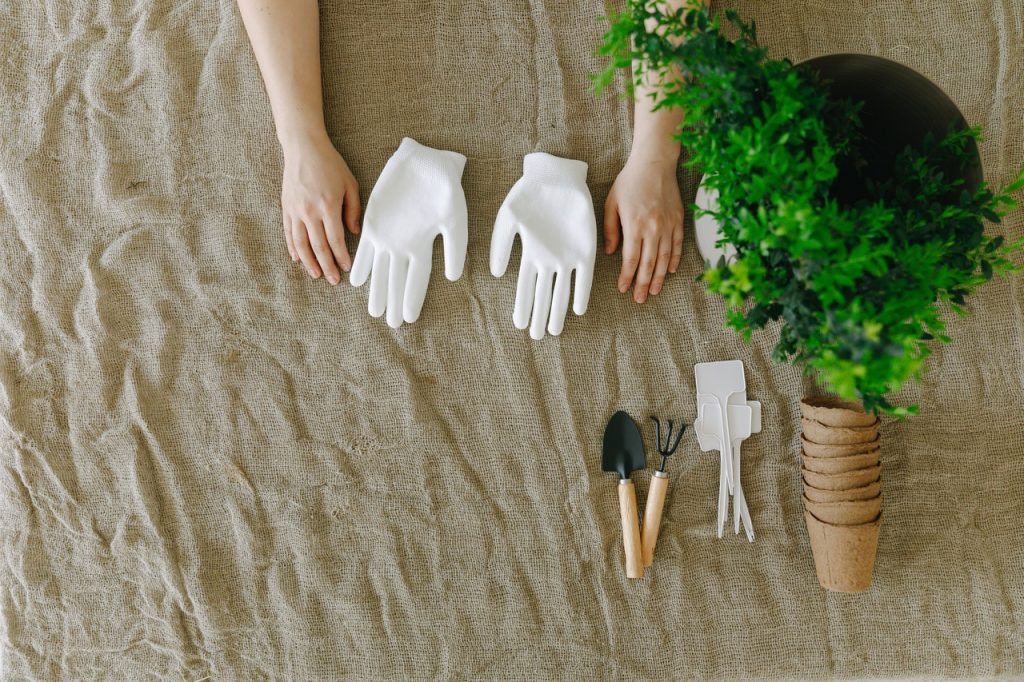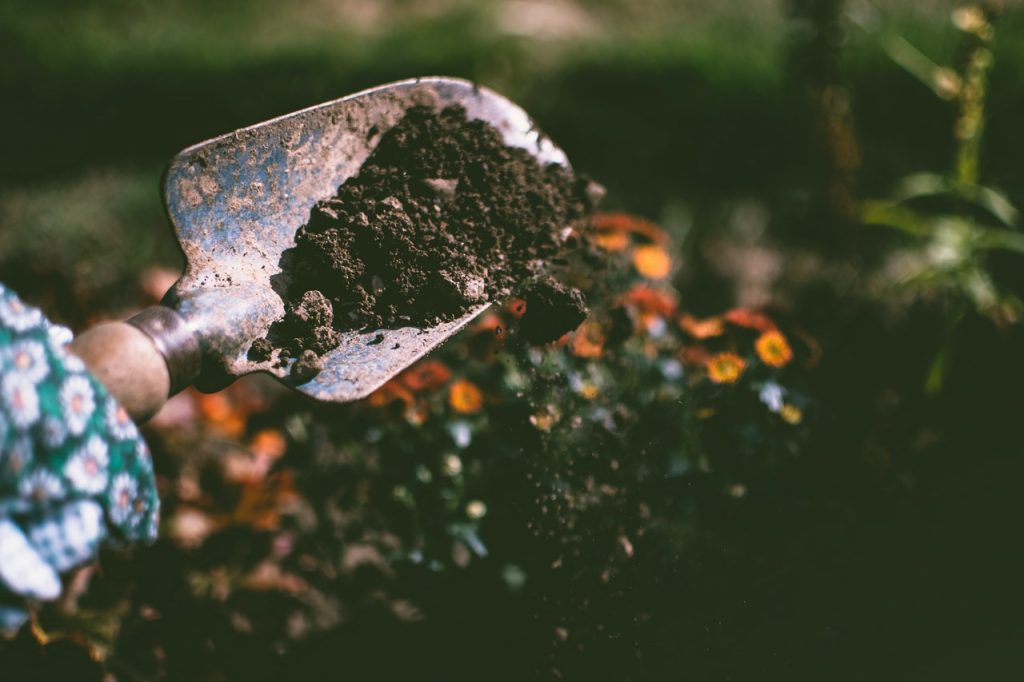
Have you heard about dusty miller? Getting your hands on this hardy little plant is one of the best things you can do for your garden.
If your beds need some serious shaping up, then you should consider planting some dusty to shake things up a bit.
Once you do decide to take the plunge, you’ll need to learn everything you can about this wonderful bud. But don’t worry, we’re here to help out with that.
Read on to discover everything you need to know about dusty miller, including all the benefits it offers and how to care for it properly.
Why You Need a Little Dusty Miller in Your Life?
 Dusty miller is a grayish-silver plant with midsized leaves. The leaves are slightly fuzzy and take on a shimmer in the sun, giving a fairytale look to your garden. The plant grows 12 to 18 inches high and can be planted throughout the United States.
Dusty miller is a grayish-silver plant with midsized leaves. The leaves are slightly fuzzy and take on a shimmer in the sun, giving a fairytale look to your garden. The plant grows 12 to 18 inches high and can be planted throughout the United States.
The foliage is the main attraction of this plant, though it also produces flowers. The leaves create a gorgeous contrast of color and texture next to other plants, and the plant itself is easy to raise and maintain. This holds especially true during dry seasons, as it’s resistant to hot weather and drought.
That means you won’t have to worry when the water is scarce, because your dusty miller will withstand the heat. It will also withstand frost, and some of the larger garden pests. Deer and rabbits avoid this plant like the plague, so it acts as the protector of the entire garden.
Where Can You Plant Dusty Miller?
 You can plant dusty miller pretty much anywhere, but it works best in certain climates and soil types.
You can plant dusty miller pretty much anywhere, but it works best in certain climates and soil types.Geography
Dusty miller is quite versatile when it comes to planting. However, it works best in hot and dry places. In USDA hardiness zones eight through ten, this may return year after year as a perennial. Outside these zones, it is grown as an annual plant.
Soil Type
 Loamy, sandy soils, and acidic clay soils work best when planting dusty miller, though that doesn’t mean you can’t plant in other types of soil. In fact, it does well on rocky and poor soils as well.
Loamy, sandy soils, and acidic clay soils work best when planting dusty miller, though that doesn’t mean you can’t plant in other types of soil. In fact, it does well on rocky and poor soils as well.
The most important thing is that your soil is aerated properly, as this plant is more likely to be at risk for root rot in soils that are packed tightly and hold water.
Placement
 This plant does best in the sun, but it will still grow in partly shaded areas. If grown in the shade, be prepared for a silvery color that is less intense. You’ll still get good contrast, but the leaves will be duller and the plant will be smaller.
This plant does best in the sun, but it will still grow in partly shaded areas. If grown in the shade, be prepared for a silvery color that is less intense. You’ll still get good contrast, but the leaves will be duller and the plant will be smaller.
It’s a good idea to plant this around the edges of your garden. Its gorgeous foliage will draw the eyes of passersby, and it will also provide a nice protective border. Since deer and rabbits don’t like this plant, they will definitely avoid a garden surrounded by it.

